the MONSTRUMOLOGIST

the MONSTRUMOLOGIST
WILLIAM JAMES HENRY

To Sandy

An imprint of Simon & Schuster Childrens Publishing Division
1230 Avenue of the Americas, New York, New York 10020
www.SimonandSchuster.com
This book is a work of fiction. Any references to historical events, real people, or real locales are used fictitiously. Other names, characters, places, and incidents are products of the authors imagination, and any resemblance to actual events or locales or persons, living or dead, is entirely coincidental.
Copyright 2009 by Rick Yancey
All rights reserved, including the right of reproduction in whole or in part in any form.
 is a trademark of Simon & Schuster, Inc.
is a trademark of Simon & Schuster, Inc.
For information about special discounts for bulk purchases, please contact Simon & Schuster Special
Sales at 1-866-506-1949 or business@simonandschuster.com.
The Simon & Schuster Speakers Bureau can bring authors to your live event. For more information
or to book an event, contact the Simon & Schuster Speakers Bureau at 1-866-248-3049 or visit our
website at www.simonspeakers.com .
Book design by Lucy Ruth Cummins
The text for this book is set in Adobe Jenson Pro.
Manufactured in the United States of America
10 9 8 7 6 5 4 3 2 1
Library of Congress Cataloging-in-Publication Data
Yancey, Richard.
The monstrumologist / Rick Yancey.1st ed.
p. cm.
Summary: In 1888, twelve-year-old Will Henry chronicles his
apprenticeship with Dr. Warthrop, a scientist who hunts and studies
real-life monsters, as they discover and attempt to destroy a pod of
Anthropophagi.
ISBN 978-1-4169-8448-1
ISBN 978-1-4391-5261-4 (eBook)
[1. SupernaturalFiction. 2. MonstersFiction.
3. ApprenticesFiction. 4. OrphansFiction.
5. New EnglandHistory19th centuryFiction.] I. Title.
PZ7.Y19197Mon 2009
[Fic]dc22
2009004562

monstrumology n.
1: the study of life forms generally malevolent to humans and not recognized by science as actual organisms, specifically those considered products of myth and folklore
2: the act of hunting such creatures


The Androphagi [Anthropophagi] have the most savage manners of all. They neither acknowledge any rule of right nor observe any customary law . [They] have a language all their own, and alone of all these nations they are man-eaters.
Herodotus, The Histories of Herodotus (440 B.C .)
It is said that the Blemmyae have no heads and that their mouth and eyes are put in their chests.
Pliny the Elder, Naturalis Historiae (75 A.D .)
another island, midway, live people of stature and ugly nature, which have no head and their eyes on the back and mouth, crooked as a horseshoe, in the midst of the breasts. On another island, there are many people without heads, and which has the eyes and head in the back.
Wonders of the World (1356)
Gaora is a river, on the banks of which are a people whose head grow beneath their shoulders. Their eyes on in their shoulders, and their mouths in the middle of their breasts.
Hakluyts Voyages (1598)
To the west of Caroli are divers nations of Cannibals, and of those Ewaipanoma without heads.
Sir Walter Raleigh, The Discovery of Guiana
Wherein I spake of most disastrous chances,
Of moving accidents by flood and field,
Of hair-breadth scapes i the imminent deadly breach
And of the Cannibals that each other eat,
The Anthropophagi, and men whose heads
Do grow beneath their shoulders.
Shakespeare, Othello

PROLOGUE
June 2007
The director of facilities was a small man with ruddy cheeks and dark, deep-set eyes, his prominent forehead framed by an explosion of cottony white hair, thinning as it marched toward the back of his head, cowlicks rising from the mass like waves moving toward the slightly pink island of his bald spot. His handshake was quick and strong, though not too quick and not too strong: He was accustomed to gripping arthritic fingers.
Thank you for coming, he said. He released my hand, wrapped his thick fingers around my elbow, and guided me down the deserted hallway to his office.
Where is everyone? I asked.
Breakfast, he said.
His office was at the far end of the common area, a cluttered, claustrophobic room dominated by a mahogany desk with a broken front leg that someone had attempted to level by placing a book beneath it and the dingy white carpet. The desktop was hidden beneath listing towers of paper, manila file folders, periodicals, and books with titles such as Estate Planning 101 and Saying Good-bye to the Ones You Love. On the credenza behind his leather chair sat a framed photograph of an elderly woman scowling at the camera, as if to say, Dont you dare take my picture! I assumed it was his wife.
He settled into his chair and asked, So how is the book coming?
It already came, I answered. Last month. I pulled a copy from my briefcase and handed it to him. He grunted, flipped through some pages, his lips pursed, thick brows gathering over his dark eyes.
Well, glad to do my part, he said. He held the book toward me. I told him it was his to keep. The book remained between us for a moment as he glanced about the desk, looking for the most stable pile upon which to balance it. Finally it disappeared into a drawer.
I had met the director the year before, while researching the second book in the Alfred Kropp series. At the climax of the story the hero finds himself at the Devils Millhopper, a five-hundred-foot-deep sinkhole located on the northwest side of town. I had been interested in the local legends and tall tales regarding the site, and the director had been kind enough to introduce me to several residents whod grown up in the area and who knew the stories of this mythical gateway to hell, now a state park, presumably because the devil had departed, making way for field-trippers and hikers.
Thank you, he said. Ill be sure to pass it around.
I waited for him to go on; I was there on his invitation. He shifted uneasily in his chair.
You said on the phone you had something to show me, I gently prodded him.
Oh, yes. He seemed relieved and now spoke rapidly. When we found it among his effects, you were the first person I thought of. It struck me as something right up your alley.
Found what among whose effects?

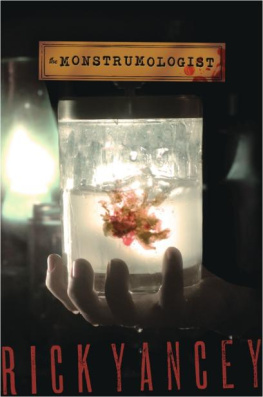
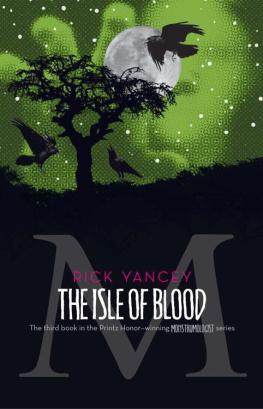
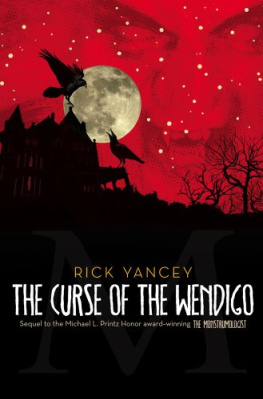
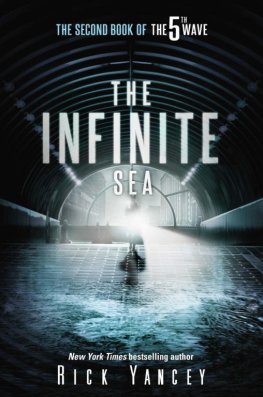
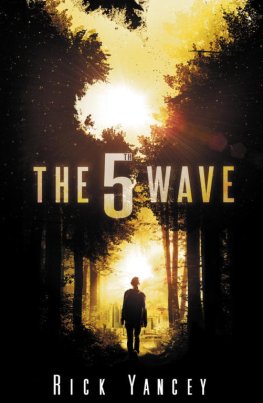


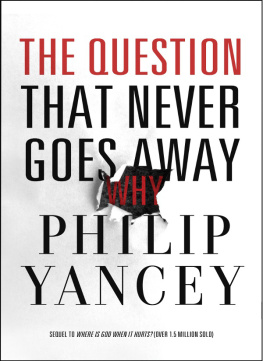







 is a trademark of Simon & Schuster, Inc.
is a trademark of Simon & Schuster, Inc.


